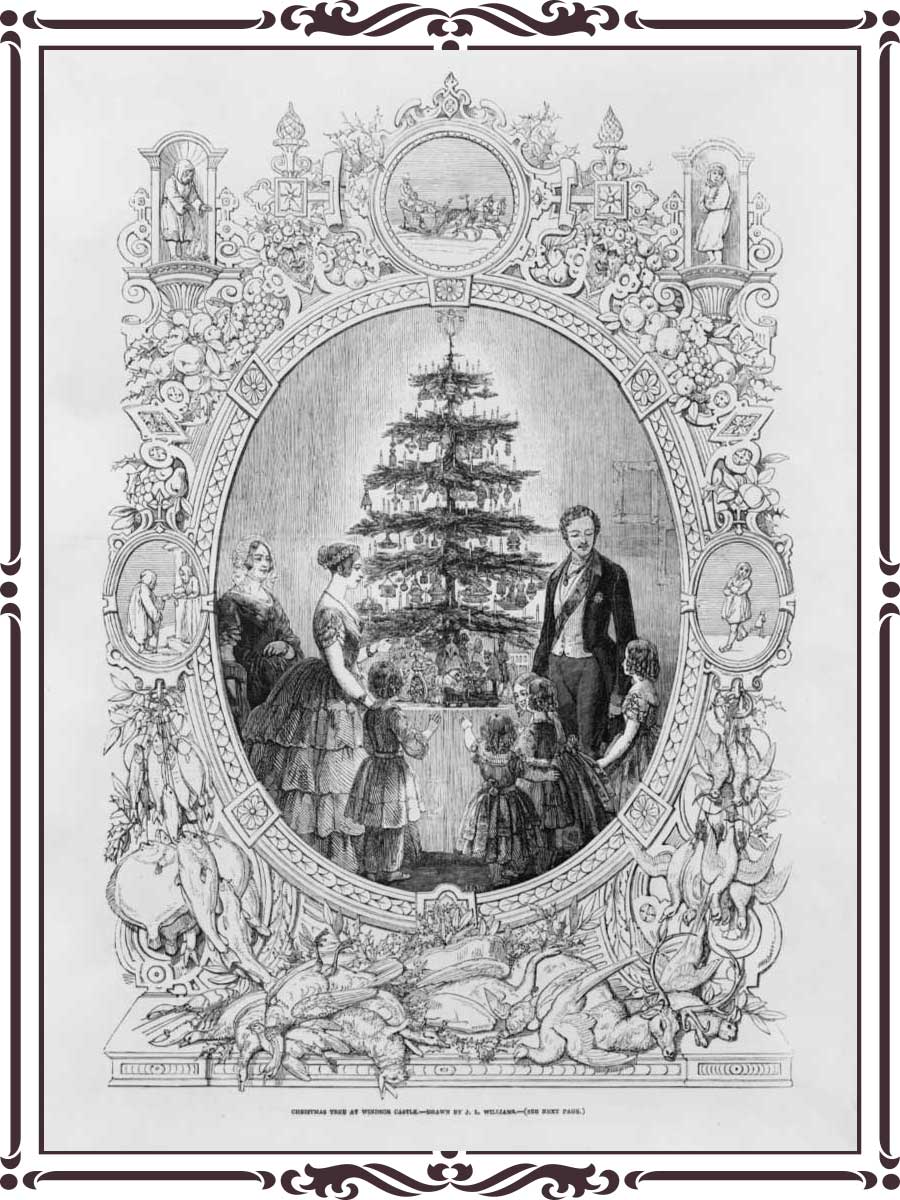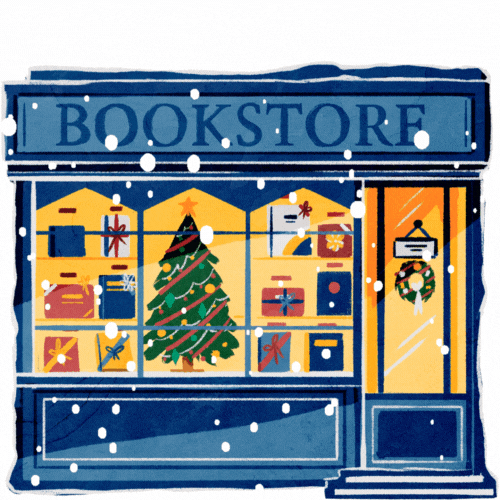O Christmas tree
From humble roots to a decorated festive icon


December’s here, which means you’ve probably already dragged out the Christmas tree box from storage, turned on some Christmas music (Bublé anyone?) and created a masterpiece adorned with baubles, tinsel and flashing lights.
Whether you prefer a carefully planned and colour-coordinated tree or a ‘chaotic but made-with-love’ creation – the Christmas tree signals the start of the festive season.
But why do western cultures do this every year, and who started the trend?

Dr James Lancaster
Dr James Lancaster
Contact chatted to Dr James Lancaster, a lecturer in Studies in Western Religion at UQ’s School of Historical and Philosophical Inquiry, about the history of the Christmas tree and how it became one of the most recognised images of the holiday season.
Planting the seeds
There may be talks of Apostle Paul, Egyptian god Ra and Martin Luther all being connected to the origins of the Christmas tree, but, according to Dr Lancaster, the Christmas tree is a relatively modern tradition.
Dr Lancaster said the Christmas tree actually became tradition in the 1600s, in the then German (now French) city of Strasbourg where citizens began to include a tree as part of a ‘judgement’ practice.
“Children would be judged by Saint Nicholas and, if good, bonbons would be left under a tree for them; if they had been bad, there would be no bonbons,” he said.
In 1774, thanks to literary works like The Sufferings of Young Wether, by Johann Wolfgang von Goethe, the tradition began to spread beyond Strasbourg. Dr Lancaster said Germany as a whole didn’t start to catch onto the practice until the 1830s.
German merchants soon after brought Christmas trees into Manchester. The trees were introduced to British society by Kings George III and William IV, who both had German heritage.
“[But] it was Queen Victoria and her husband Prince Albert who popularised the Christmas tree among the British people, when Albert set up a tree at Windsor in 1840,” Dr Lancaster said.

An engraving from The Illustrated London News depicting Queen Victoria, her husband Albert and their children around a candlelit tree.
An engraving from The Illustrated London News depicting Queen Victoria, her husband Albert and their children around a candlelit tree.
“The scene was immortalised in The Illustrated London News in 1848, when an engraving was printed showing Victoria, Albert and their children around a candlelit tree with ornaments.”
Branching into consumerism
Despite this storied history, the tree as we know it today is derived mainly from America – where it was first introduced in Pennsylvania in about 1812.
Dr Lancaster said the Christmas tree was brought over by German emigrants and served much the same function as it did in Germany and Britain: children would be given food, most likely fruit, under the tree.
“The popularity of the tree, however, had nothing to do with its German origins and everything to do with the emerging consumerism that was to sweep the country as the 19th century progressed,” Dr Lancaster said.
Dr Lancaster said in Australia the Christmas tree gained its popularity in much the same way as Black Friday – its purpose served, in large part, “as a receptible for presents to arrive through American influence”.
“This is the vision of the American Christmas tree as we know it: a tradition of gift giving and, more importantly, purchasing, which was eagerly supported by businessmen and popularised through advertisement starting roughly 150 years ago,” he said.
“Although bonbons had been offered previously, the gift-wrapped present was a uniquely American invention of the 1850s that took the world by storm.

“Wrapped gifts began to be placed under Christmas trees by parents in response to the marketing strategies of book publishers, who made it their business to market the Christmas tree as a tradition under which their books could be sold.
“The genius of the book publishers was to present the new scheme of purchasing books or toys for children as an old ‘folk tradition’.”
Then came toymakers, presents marketed for adults and a healthy competitiveness of who could decorate the best Christmas tree.
“The funny thing, of course, is that the tree itself became a “product” to be sold just as much as any of the gifts under it,” Dr Lancaster said.
And so, from a holly jolly Alsatian-born tradition, a consumerist symbol for Christmas around the world emerged
“By 1991, artificial trees began outselling real trees around the world and manufacturers began to offer a variety of species, such as Douglass Fir or Blue Spruce,” Dr Lancaster said.
“A staple of the Christmas tree, modern tinsel – made from aluminium – only became popular in the early 20th century.
“But by the 1950s, it was such a popular decoration – particularly when combined with electric lights – that manufacturers began to sell artificial Christmas trees made entirely out of aluminium tinsel.”
Season's eatings
The silly season is upon us, and in preparation for the celebrations to come, Contact asked members of the UQ community to share their favourite festive recipes and the stories behind them.
